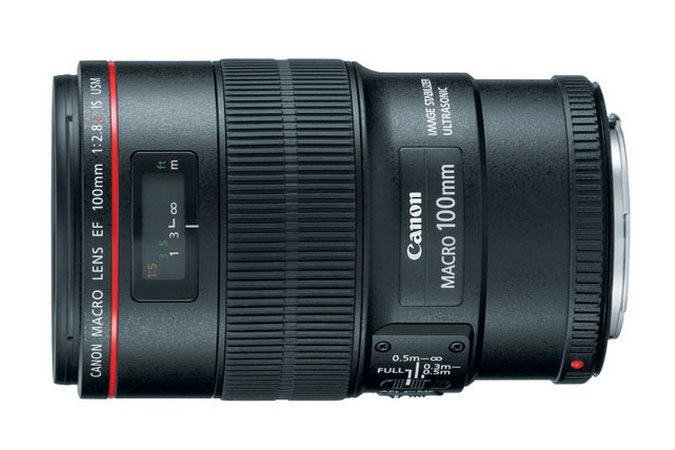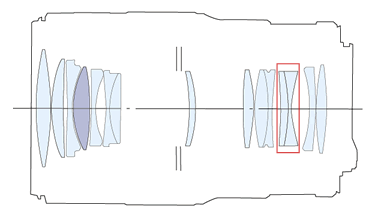The Lens details of a series of images taken by Steve Cushing on mirrorless camera.
Fitting is a Canon EF mount with a 44mm
Flange Distance - this lens will fit and achieve focus to infinity mirrorless cameras and on most DSLRs.
HistoryAfter the war, with many plants bombed and the Russians taking over East Germany, production cost for making lenses were a lot cheaper in Japan. Even before the war German optics companies started to partner with Japanese companies to manufacture optic lenses used in industry and in cameras. Japan as one if not the only industrialised Asian nation in the world at that time, had the capability and the cheap labor to entice German manufacturers to move some of their production there. Similar to what is happening right now with China.
Together with this due to new post-war Japanese law and export control, Japanese optics companies were effectively out of the business from military purpose optics for long time. So, company that was making gun sight for fighter plane or war ships optics for battleship had to start competing on civilian market to survive.
European manufacture did not suffer this problem as much as Japanese did, and they still had lucrative military optics market as soon as cold war kicked in. Even decade after Japanese started to return to scientific or partial return to military optics market, they still had to make majority of money in consumer, industrial, or medical optics market.
The Japanese soon became so adept at making lenses originally for the Germans and now for their own domestic use, that companies like Nikon, Olympus, Minolta started. Canon was an off-shoot of Nikon. And so, the Japanese came to dominate the camera as well as the lens market. The Germans still have Leica of course which is considered the most expensive camera system in the world.
Autofocus technology for example were really designed for the military so this was quickly adapted for civilian purpose in Japan but remained secret in the rest of the world as it was used for military purposes.
Japanese lenses can be divided intro entry level third party lenses, made by Soligor, Revuenon, Vivitar, Coslinar and others, mid range lenses made by smaller manufacturers, such as Makinon and Chinon and premium lenses, such as those made by Asahi Pentax and Fujifilm.
The company which is now recognised world-wide as Canon began its life as Seiki-Kōgaku Kenkyusho - Precision Optical Instruments Laboratory - or
精機光学研究所. According to the Canon Camera Museum history, the first laboratory of the company "...was founded in 1933 in a third-floor apartment of the Takekawaya Building in Roppongi, Azabu Ward, Tokyo."
The name Canon meant “Precision Optical Instruments Laboratory”. Initially Canon had a very close relationship with Nippon Kōgaku (Nikon), who supplied lenses for the cameras which Canon manufactured. The Nikkor 5cm f/3.5 lens was commonly seen on the Hansa Kwanon (Canon), which also had its rangefinder manufactured by Nikon.
The Hansa Canon was launched in 1936. It was not until the late 1940s that Canon started to manufacture their own lenses, after World War 2. Initially the lenses were labeled Serenar. This caused some confusion to customers as they were looking for a Precision Optical camera and a Serenar lens. So in the early 1950s the company and branding was changed to Canon.
Other premium manufacturers like Canon produced lenses in their own native mounts others include Olympus, Minolta and Mamiya. Japanese lenses are considered the most reliable of these vintage lenses, with Asahi Pentax Takumar series coming on top of them all.
This LensCanon constructed the lens from 15 elements in 9 groups, with 2 large-diameter ground aspherical lens elements, and 1 glass-molded aspherical lens element for better image quality into the corners of the frame when the aperture is wide open. In addition, there’s an Ultra Low Dispersion (UD) lens element to reduce chromatic aberrations.
Autofocus technology for example were really designed for the military so this was quickly adapted for civilian purpose in Japan but remained secret in the rest of the world as it was used for military purposes. Canon introduced this autofocus and image stabilised 100mm macro lens in 2009.A prior press release announcing the new HIS (Hybrid Image Stabilisation) came first. The introduced Hybrid IS system is able to correct an image at approximately 4 stops, compensating for camera shake, when shooting in the ordinary mode and without a tripod.
Lens In Use
- Build quality is outstanding.
- 15 elements in 12 groups.
- Angle of view: 19.8°/ 13.5°/ 23.4° (H/V/D)
- Max. magnification 1:1
- When you move in close, DOF (Depth of Field) becomes very shallow at wide apertures.
- The 100mm focal length macro lenses offer a medium working distance, a relatively small size/light weight and a moderate amount of background blur.
A 100mm macro lens with a relatively wide aperture, superb image quality, fast AF and an impressive IS implementation has a huge number of uses in addition to macro photography - including portraits, landscapes and indoor sports.
Summary This lens is extremely sharp even wide open. Colour and contrast are great. Bokeh is excellent - the Canon EF 100mm f/2.8L IS USM Macro Lens creates a very high quality foreground/background blur. OOF (Out of Focus) highlights are rendered very smoothly.
The HIS system helps with freehand macro but a tripod is advisable for this lens when doing macro photography. At 100mm this lens is also good for portraits.
If you are looking for the ultimate nature macro shots, there is probably not a better choice than the Canon EF 180mm f/3.5L USM lens. But, this is a relatively heavy and expensive lens.
For general information on lens design and lens elements go to the homepage
HERE





